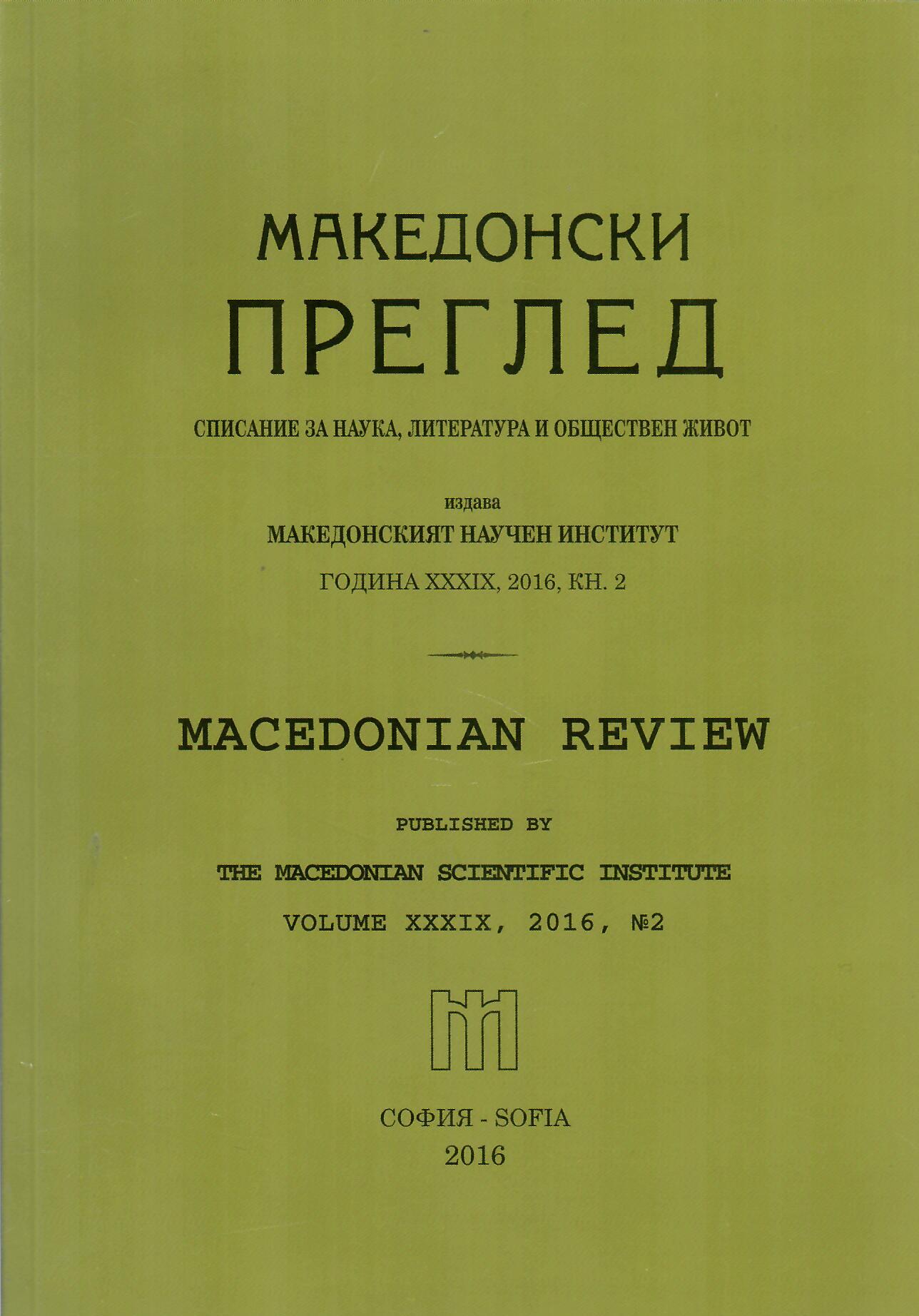
We kindly inform you that, as long as the subject affiliation of our 300.000+ articles is in progress, you might get unsufficient or no results on your third level or second level search. In this case, please broaden your search criteria.

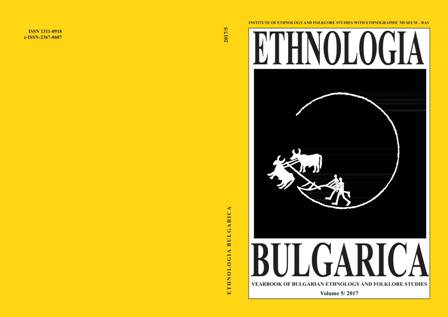
The focus of the research is St. Petka Rock Church located in the town of Tran, near the Bulgarian-Serbian border. This religious site is related to the strong and vigorous local cult of a saint who is well-known in the Balkans, St. Paraskevi-Petka. The cult is supported by an interesting local legend according to which St. Petka lived in that same small cave within which the church is situated today. Because of this,St. Petka is considered the patron saint of Tran and its inhabitants. The religious site and the specific cult of St. Petka in the past, as well as today, play an important role in structuring the religious life of the local community and constructing its identity.Proceeding from the historical presupposition and formation of St. Petka’s cult in the region, this article aims to examine some of the characteristics of the development and function of St. Petka Rock Church as a site of worship, as well as to study the changes which have occurred in the last two decades when the religious site was recognized as a site of cultural heritage and a resource for the development of local tourist products in the context of local sustainable development.
More...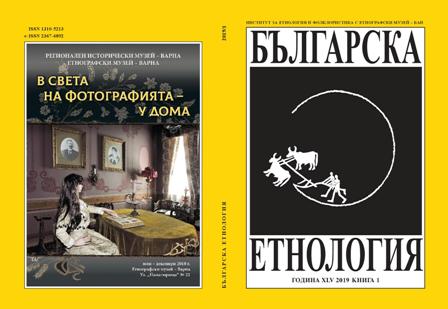
The present article offers a possible interpretation of a small part of the photographs of Angel Bukoreshtliev – one of the most significant figures of the music life of Plovdiv and the rest of the country in the first half of the 20th century – kept in the MusicalInstruments and Ritual Requisite Fund of the Regional Ethnographic Museum – Plovdiv. The photographs selected for the purpose of the analysis enable us to “read“ the life of Bukoreshtliev from the perspective of his and his family’s social standing and in the context of the development of the Bulgarian photography. On the one hand, having in mind the fact that photography was a luxury until the Balkan Wars and photographic services were within reach of the people of higher social standing, his biography bears record of his belonging to the more well-to-do strata of the society as well as of his successful music and pedagogical career. On the other hand, the photographs selected give us information about the photographers (the Karastoyanovbrothers, V. Velebni, A. Andreev etc.) in Sofia and Plovdiv in that period, about the people they used to photograph, about the people who chose their photo studios etc. The photographs here presented were never published; thus, they introduce a new touch to the research field of the Bulgarian music life. The music funds could give answers to even more questions which may be subjects of other studies.
More...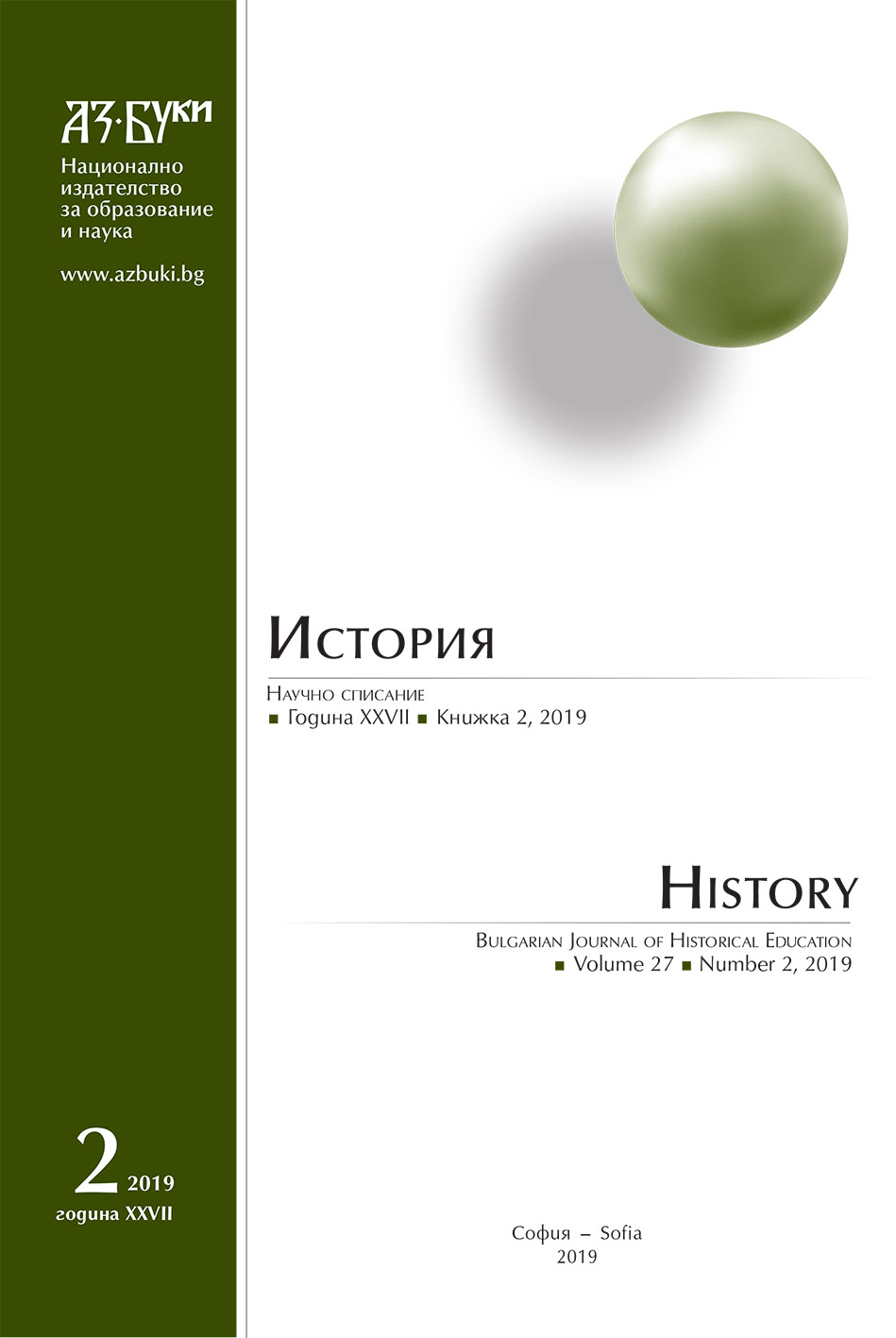
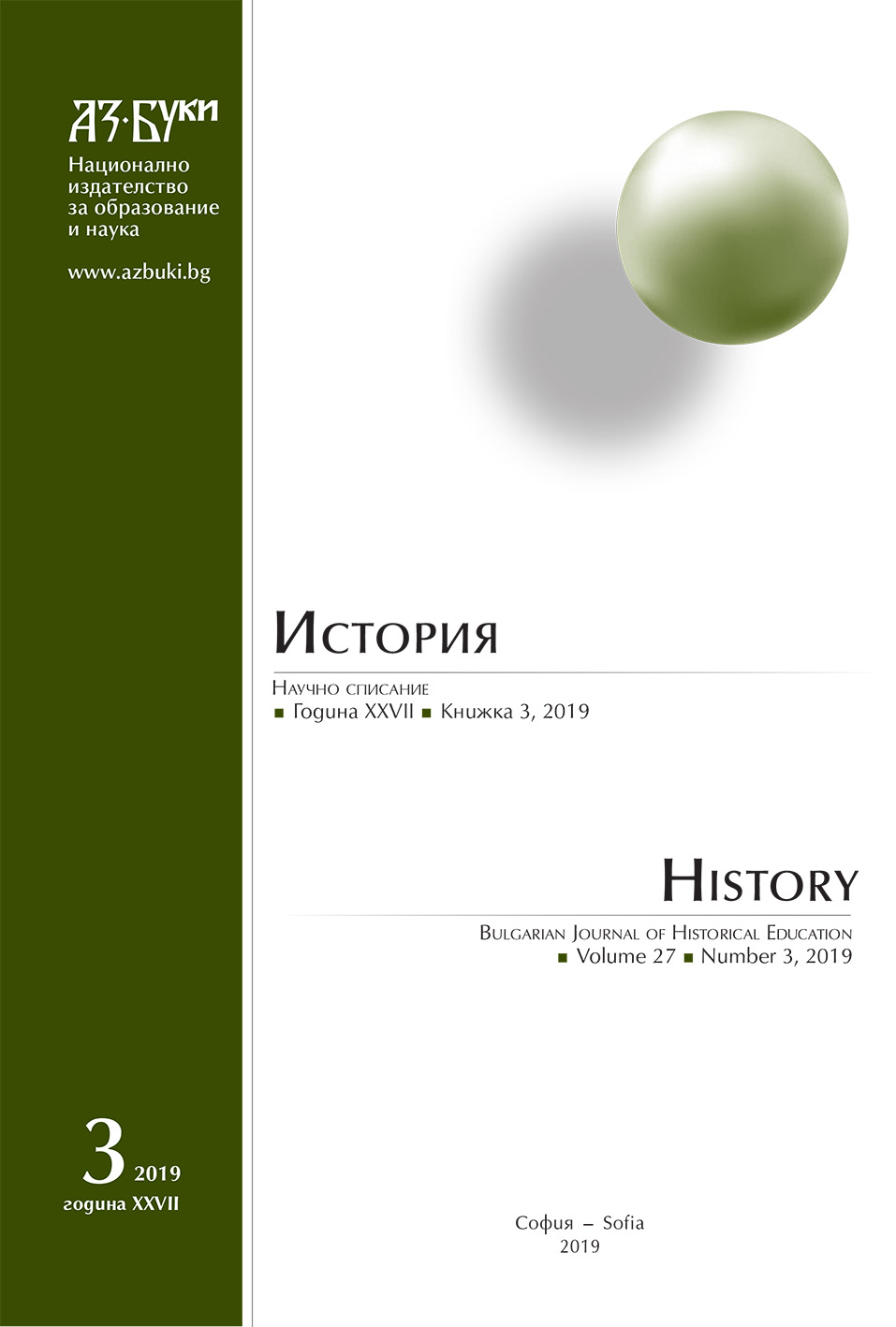
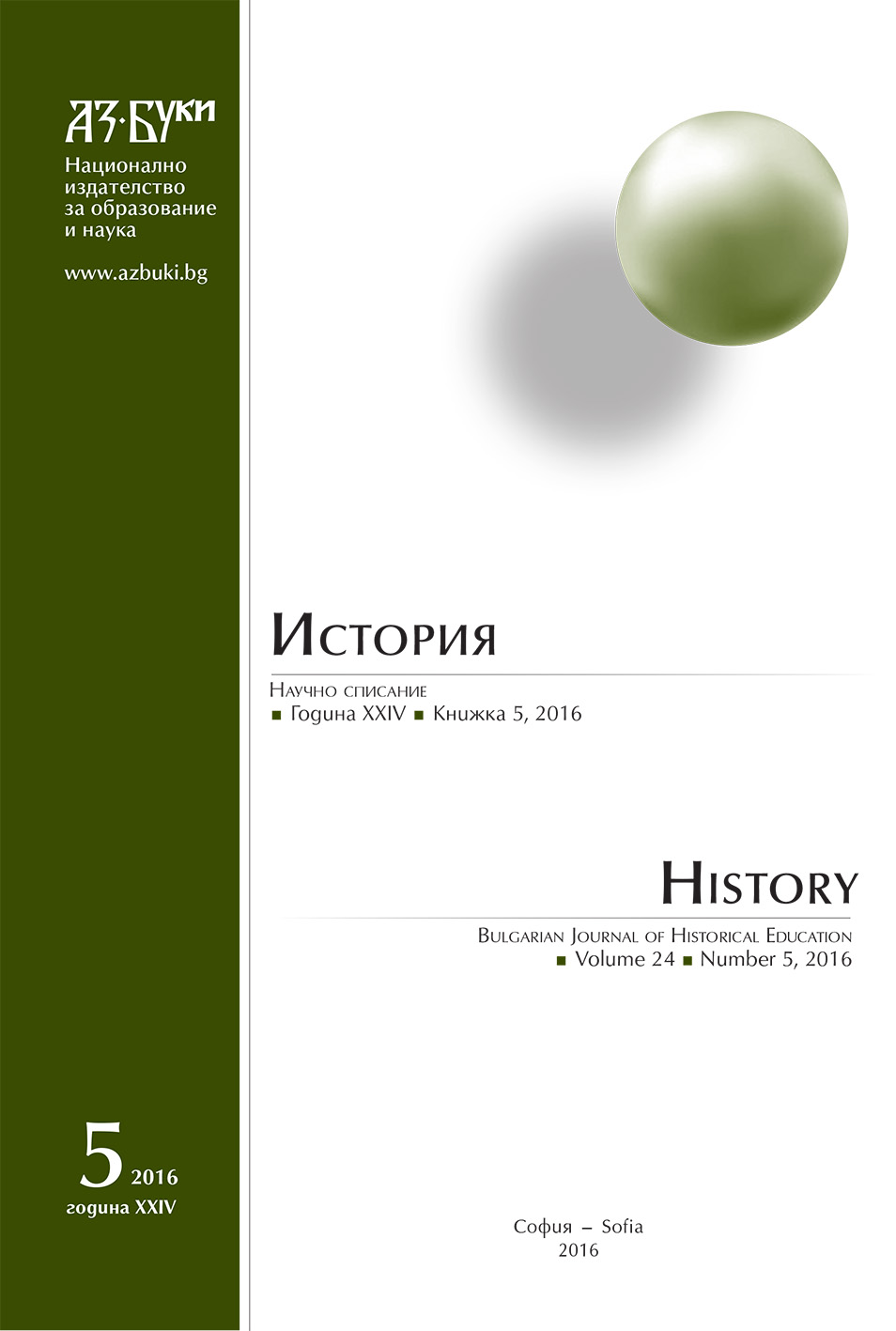

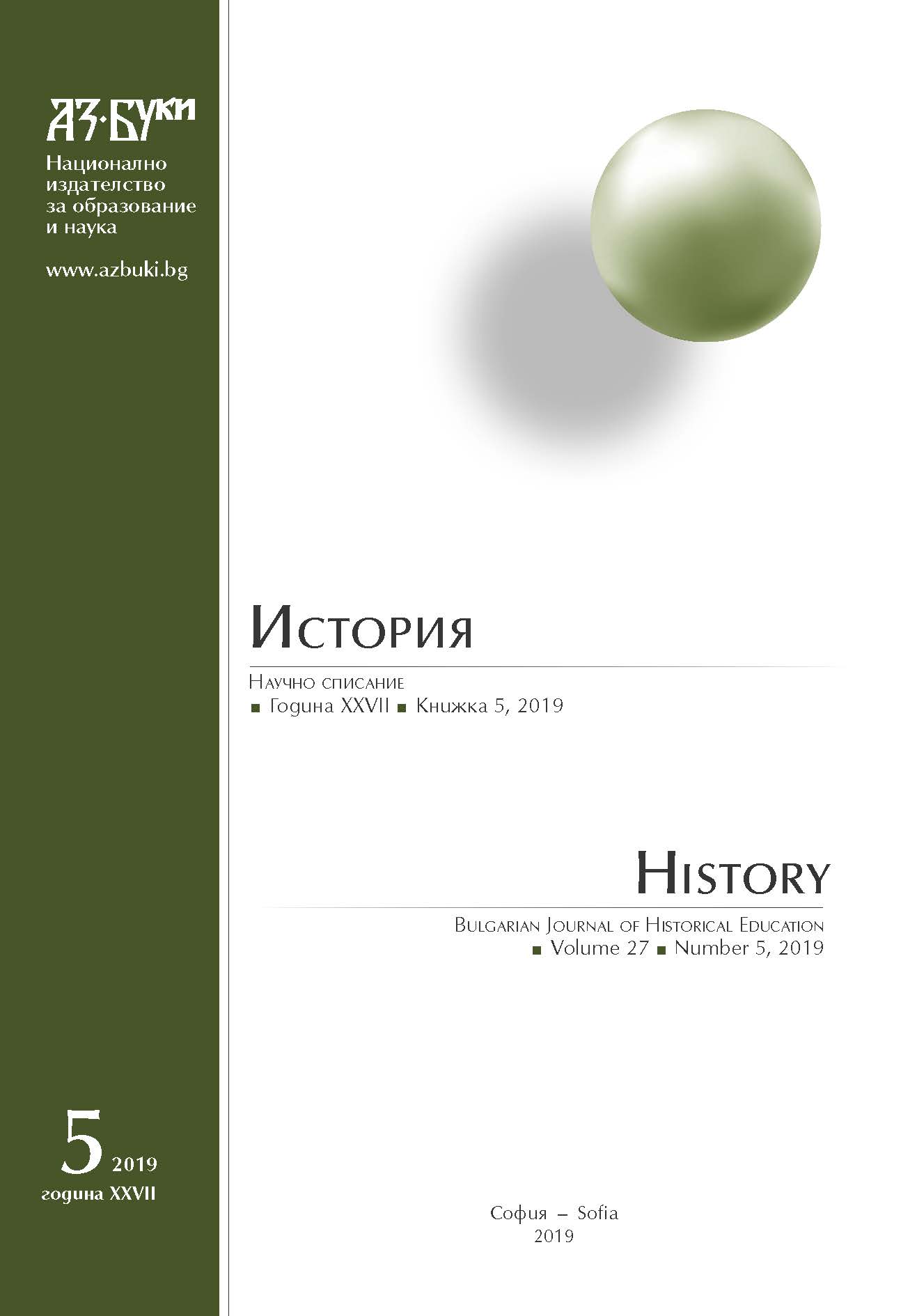

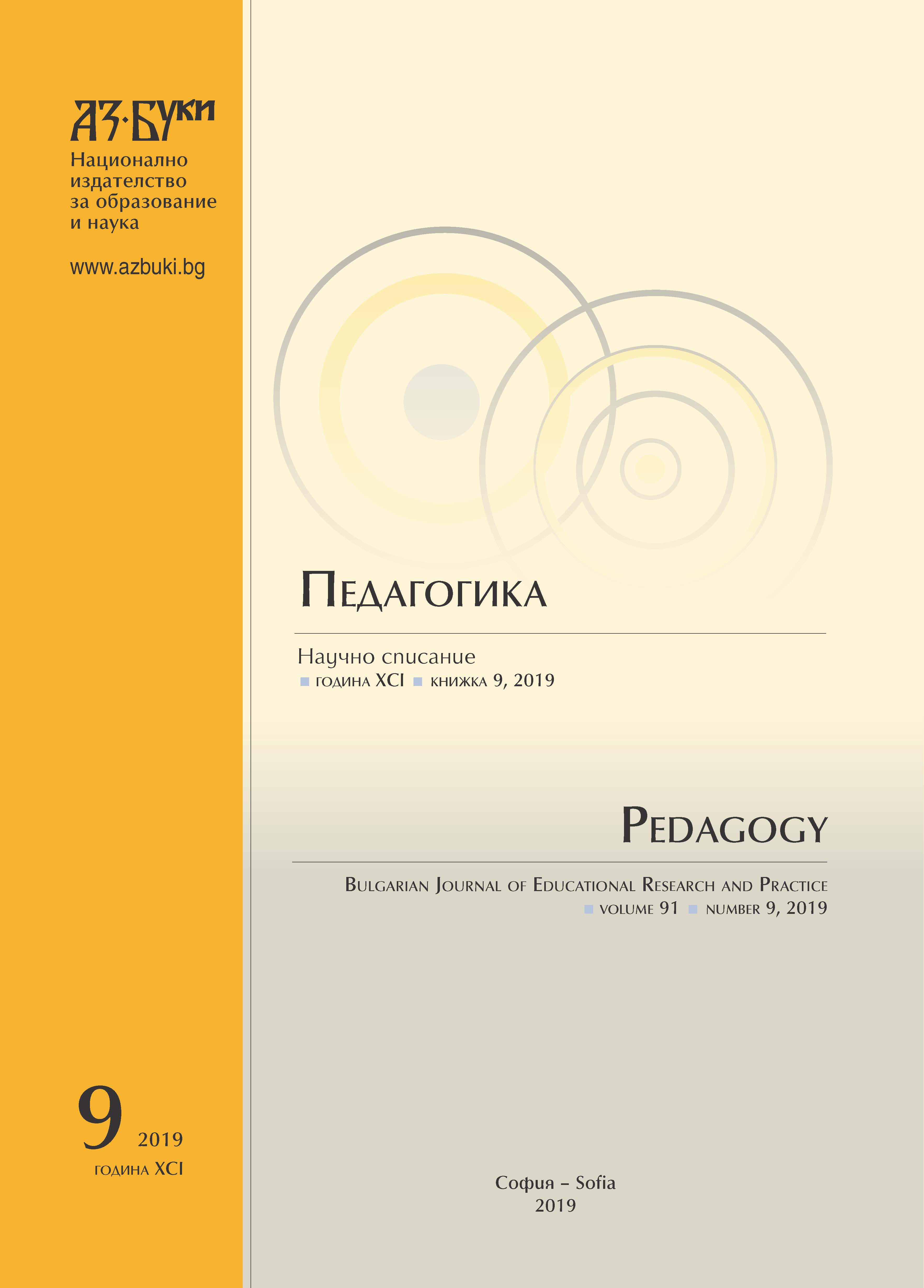
This paper focuses on the projections of synergetic school pedagogy on a meta-methodological and cultural perspective. The grounds and arguments for its application are the need for restructuring global society and multicultural identity of young people and children. The principles of methodological transformation of authentic cultural models, which are nationally and regionally defined, are proposed, but with the possibilities for youngsters to integrate their cultural understanding and diversity, and, together with that, to develop social competence. A particular methodological tool is presented – Christmas Luck Ancestral Calendar.
More...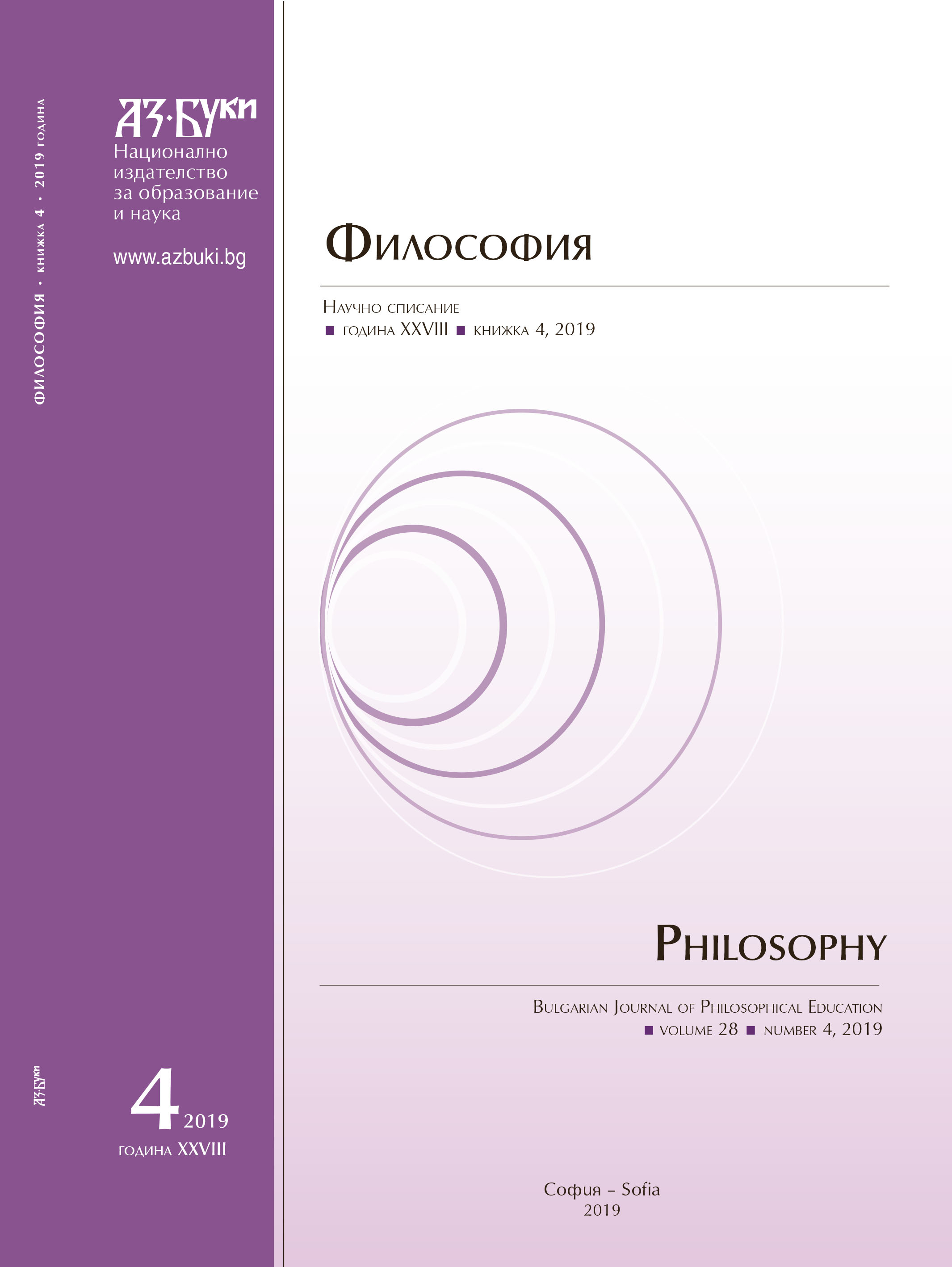
The aspirations of post-colonial political elites in Africa can be summed up as the quest for development. This quest since independence, involves, in part, the pursuit of a common citizenship, shared nationality and common interests and values, the evolution of which provide the bedrock for mutual co-existence and the commitment of all to the common good. It also involves the establishment of institutions that will guarantee peace, justice, and fairness. However, the process of realizing these goals of broadening the scope of socio-political interactions have been vitiated by our colonial experiences and consequently unleashed certain centrifugal forces that have made the quest for community development in most African states a daunting task.The divisive tendencies of the colonialists created communal identities, which provided a new symbolic and ethnocentric focus for each group where none existed and thus complicated the task of welding diverse elements in each colony into a coherent whole. This became the source of the proliferation of many life threatening conflicts which has impeded the process of community development in Africa. But why has these conflicts persist in spite of the several attempts to meet them? This paper argues that the above account fails because it ignores the values Africans place on human worth given expression in their communal context. The attempt here is to explore South Africa`s indigenous unifying social ethic of Ubuntu in arriving at a humane society that has a participatory value; founded on co-operation, charity, reconciliation and justice rather than the individualism of the West. This paper will, therefore, employ the analytic descriptive method to examine the above in a manner many scholars have ignored in an attempt to develop a viable sense of community in Africa. Hence, it is expected that this paper will initiate a perspective that will challenge extant interpretation of this discourse.
More...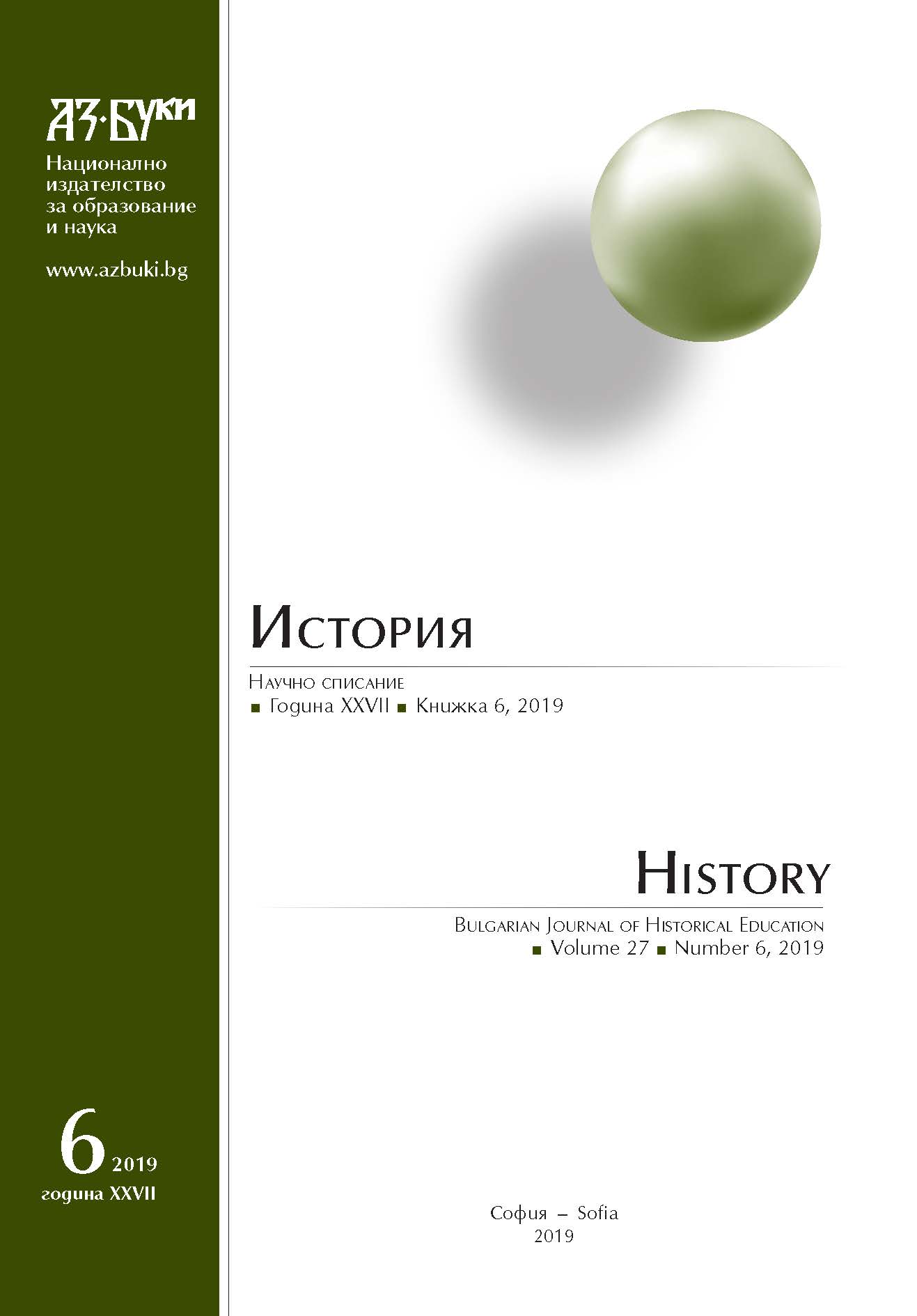
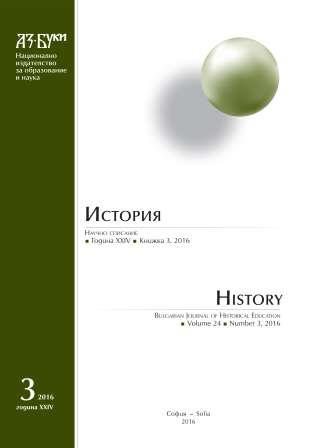

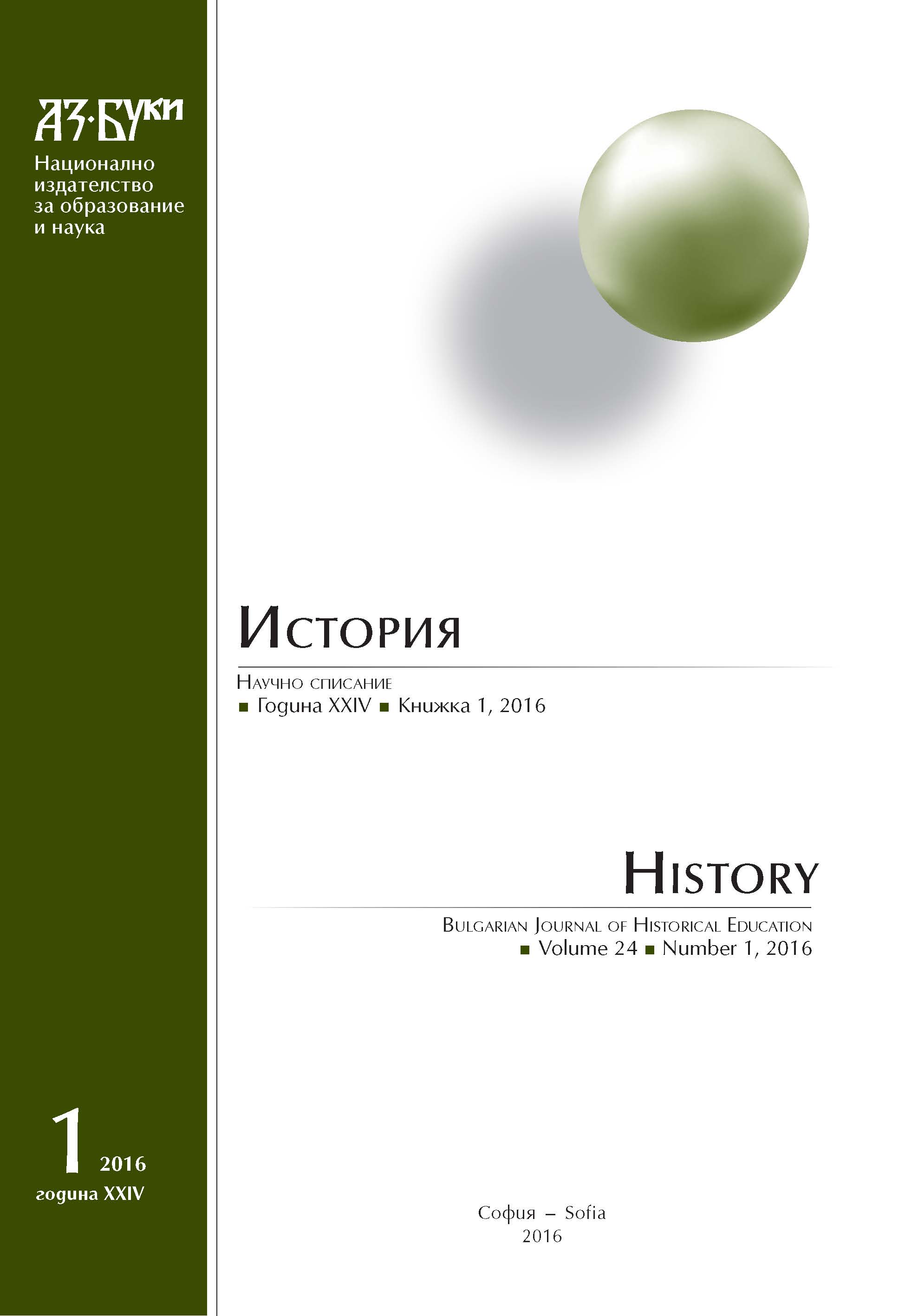
The purpose of the current study is to examine Maurice’ Strategikon – its genre specifics and the way they affect the nature of the information regarding the state and social evolution of the various barbarous people scattered through the Eurasian Barbaricum. We will focus mainly on the differences and similarities in the images of the nomads – Turks and Avars, and the sedentary Sclavs, living both on the border regions of the Roman Empire. We shall distinguish the sustainable antique topoi form those specific and objective characteristics – resulting from the development of the Roman-Barbarian relations from the late fifth century, which formed the image of the other in the minds of the Romans through the Late Antiquity and the Early Middle Ages.
More...
This study aims to trace in detail the development of demographic and religious processes in the settlements along the river Vacha during the last quarter of the 15th century – 16th century using data from Ottoman registers.
More...
For many centuries, the Volga Bulgarians maintained close economic, cultural and religious ties with Muslim countries and especially with the peoples of Central Asia. Traditionally, relations between them were good and clashes were rare. But after the Battle of the Kalka River (1223), Mongolians turned against Volga Bulgaria. The first attack was repulsed, but after a long fight, Volga Bulgaria was conquered in 1236 by the Mongols and ceased to exist as an independent state.
More...
The article reveals main facts of the historical development of the Museum of Bulgarian book publishing (second half of 19th and early 20th century) founded in the city of Plovdiv by the end of 1960s. The permanent exhibition was inaugurated at 22nd of May 1975 in the house of the founder of our national typography – Hristo Gruev Danov (1828 – 1911). The key events, related to emergence and evolution of publishing business were shown in six exhibition halls, via artifacts, documents, pictures, etc. The old Revival house, in which the Museum was arranged, deserves a special attention. It combines the vision of a typical medieval tower and the artistry of а Renaissance edifice. Nowadays, the Museum of typography is a pleasing cultural topos located just to the entrance of the Old town and very close to the Orthodox cathedral. It attracts a lot of visitors, mainly Bulgarians, who are inspired by intellectual dignity of Revival period and by the personal magnetism of the popular originator of our national typography – Hristo Gruev Danov.
More...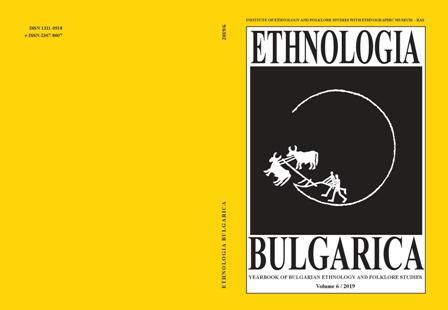
“The Gypsies are our own, domestic problem” is a phrase attributed to the long-term former head of the old communist Bulgarian government, Todor Zhivkov. The government policy towards the Gypsy minority in communist Bulgaria is one of inclusion to the Bulgarian way of life, and its implementation is carefully tailored to the specificities of Bulgaria as a country. It is a little known fact that towards the end of the 40s, the Bulgarian Gypsies suddenly turn from a ‘domestic problem’ to something much larger and thus become part of the great confrontation between the two world political camps divided by the Iron Curtain. This takes place during the migration of the ethnic Turks which starts in 1948, and during which, applications for emigration are filed by both Bulgarian Turks and Muslim Bulgarian Gypsies. This latter ethnic minority becomes the cause for serious conflict between ‘communist Bulgaria’ and ‘capitalist Turkey’. This paper aims at following the events from the end of the 1940s to the end of the 1980s, as well as at analysing the consequences of the confrontation between the two neighbouring Balkan countries.
More...
Tobacco City is a case which has attracted significant public attention; at the same time, it is also an example, which combines various discourses. In order to identify what distinguishes this case of industrial heritage from others, this article examines three examples, which in their geographical and historical aspects are appropriate for comparative research regarding the issues at hand. They are commensurable in reference to their size and the significance of their location for cultural and industrial traditions, as well as in the relative date of their establishment and their geographical and economic representativeness. The research questions that the study attempts to answer are analytical as well as completely practical, reflecting real management and political decisions. From an anthropological point of view, there are two problems; first, the correlation among various aspects of the project such as the site’s pore functionalization; the goal of reviving the space; attracting investments and the public; and updating the site’s use and access; and, secondly, the narrative, which the very space presupposes as heritage and the extent to which it should be preserved.
More...